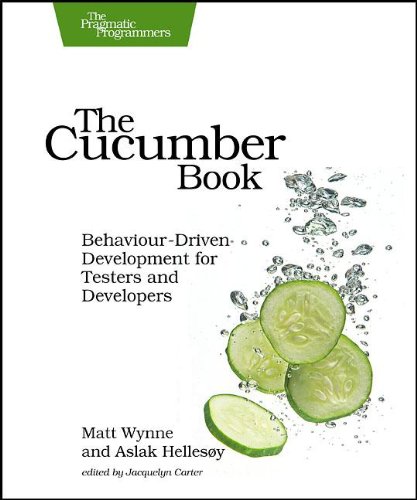

Most ebook files are in PDF format, so you can easily read them using various software such as Foxit Reader or directly on the Google Chrome browser.
Some ebook files are released by publishers in other formats such as .awz, .mobi, .epub, .fb2, etc. You may need to install specific software to read these formats on mobile/PC, such as Calibre.
Please read the tutorial at this link: https://ebookbell.com/faq
We offer FREE conversion to the popular formats you request; however, this may take some time. Therefore, right after payment, please email us, and we will try to provide the service as quickly as possible.
For some exceptional file formats or broken links (if any), please refrain from opening any disputes. Instead, email us first, and we will try to assist within a maximum of 6 hours.
EbookBell Team

5.0
28 reviewsYour customers want rock-solid, bug-free software that does exactly what they expect it to do. Yet they can't always articulate their ideas clearly enough for you to turn them into code. The Cucumber Book dives straight into the core of the problem: communication between people. Cucumber saves the day; it's a testing, communication, and requirements tool - all rolled into one.
We'll show you how to express your customers' wild ideas as a set of clear, executable specifications that everyone on the team can read. You'll learn how to feed those examples into Cucumber and let it guide your development. You'll build just the right code to keep your customers happy, and not a line more.
The first part of the book teaches you how to use the core features of Cucumber. You'll learn how to use Cucumber's Gherkin DSL to describe-- in plain language - the behavior your customers want from the system. You'll learn how to write Ruby code that interprets those plain language specifications and checks them against your application. In Part 2, you'll consolidate the knowledge you just gained with a worked example.
Although it was born in the Ruby community, you can use Cucumber to test almost any system, from a simple shell script or a Perl script, to enterprise PHP or a Java web application. In Part 3, you'll find a selection of recipes for some of the most common situations you'll encounter using Cucumber in the wild. You'll learn how to test Ajax-heavy web applications with Capybara and Selenium, REST web services, Ruby on Rails applications, command-line applications, legacy applications and lots more!
Written by the creator of Cucumber and one of its most experienced users and contributors, The Cucumber Book is an authoritative guide that will give you and your team all the knowledge you need to start using Cucumber with confidence.
What You Need:
Windows, Mac OS X (with XCode) or Linux
Ruby 1.9.2 and upwards